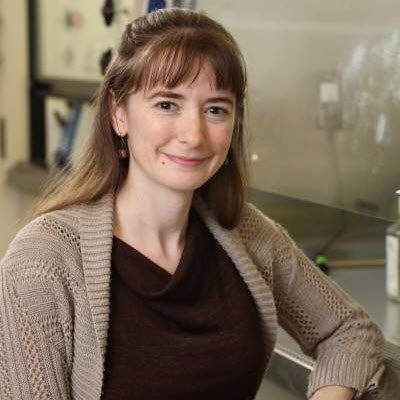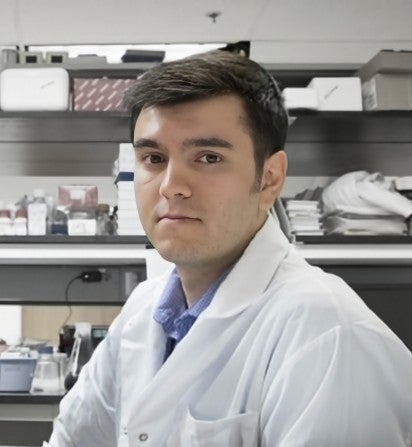6/17/2025
Our lab develops methods based on microfluidic culture systems, bioanalytical techniques, and spatially resolved simulations to quantify the spatiotemporal dynamics of the inflammatory cascade and develop targeted therapies. This work…
6/17/2025
My laboratory aims to explore the physiological role of endoplasmic reticulum (ER) homeostasis (with a special focus on ER-associated degradation, ERAD) in the context of human diseases. We use genetic,…
6/17/2025
Understanding how gene expression is regulated in response to signals from both inside and outside the body plays a critical role in allowing us to adapt to changes in the…
6/17/2025
My graduate work investigated the link between adipose tissue inflammation and oxidative stress. Adipose tissue inflammation is an underlying cause of obesity-associated insulin resistance, affecting millions of people in the…
6/17/2025
Transcriptional silencing Understanding how chromatin structure influences DNA-mediated processes has become a fundamental problem in cellular biology. Chromatin is known to influence the regulation of eukaryotic gene expression, DNA replication, DNA…
6/17/2025
In eukaryotes, approximately 30% of all newly synthesized proteins pass through the endoplasmic reticulum (ER), where they undergo folding and maturation. A significant fraction of nascent proteins may fail to…
6/17/2025
My interests are in the areas of iron metabolism, macrophages, fibrosis, vascular calcification and progressive kidney diseases.
6/17/2025
Our research focuses on the molecular mechanisms of mitochondrial calcium transport and signaling. We aim to understand how these mitochondrial processes contribute to cardiovascular and neuronal physiology, as well as…
6/17/2025
6/17/2025
Hematopoietic stem cells produce multiple blood cell types and replenish themselves through a self-renewal process. As with all cells, hematopoietic stem cells accumulate somatic mutations with age. While most mutations…










